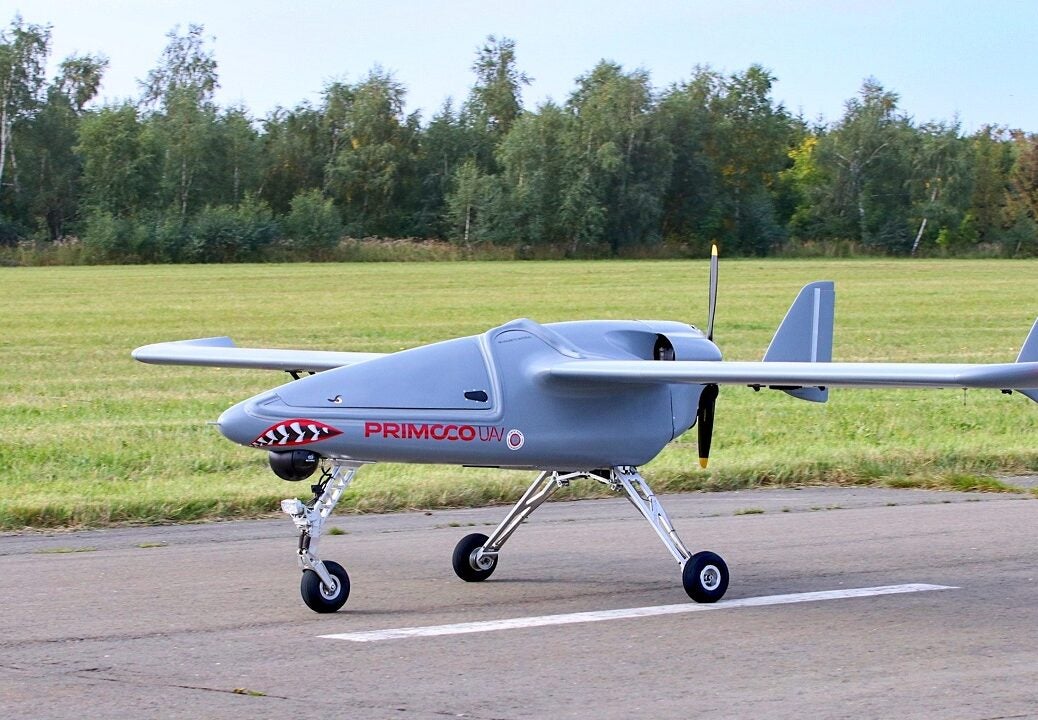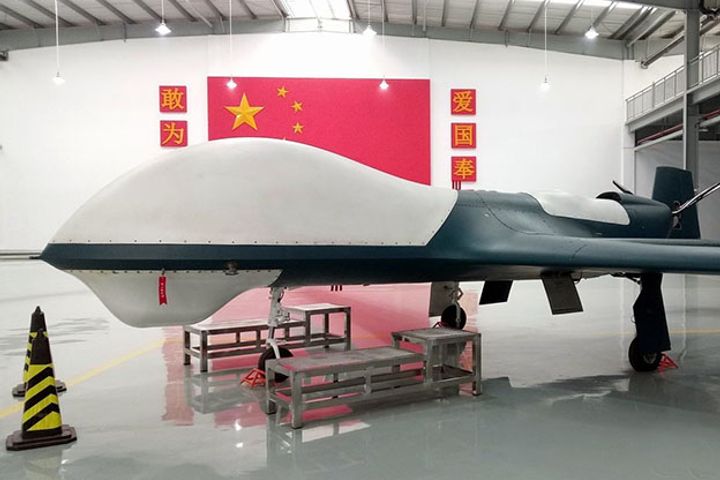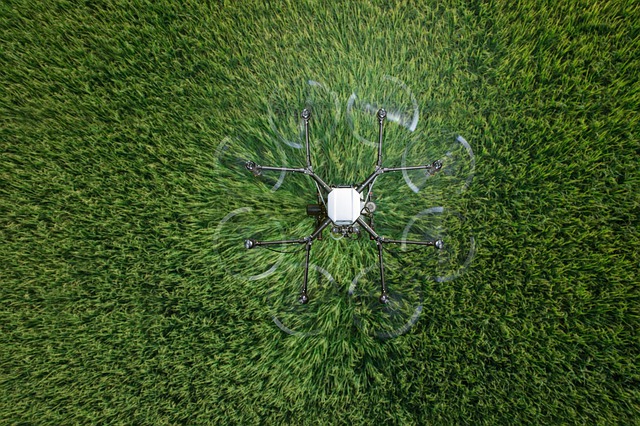
There are many different quadcopters. It can be confusing to know which part belongs. We have compiled a list containing the most commonly used quadcopter components to suit your needs. Here we will discuss flight controllers. You can customize your quadcopter according to your needs.
Flight controllers
There are many components that go into building a quadcopter. A quadcopter is only as good as its flight controller. You can connect external devices to your quadcopter via the UART interface. Each UART has two pins for transmitting and receiving data. On the F1 FC, the TX and RX are connected, and the other two are for receiving data. UART4 and F3 have three or four UART's, while UART6 has six or seven.
Propellers
Quadcopters use propellers of different pitch. Higher-pitch propellers can produce greater thrust, but they require more amps and thus battery power. For the same thrust, a bigger pitch propeller will spin faster. But smaller props will consume less energy. The propellers that are larger will also improve the speed and power the aircraft. For more information visit propeller.com

Batteries
There are many aspects to consider when choosing the right battery for your quadcopter. C-Rating is a measure of how much continuous current a battery can provide. The battery's C-Rating determines how much current it can provide. The C rating is usually expressed as a number which you can multiply with the battery capacity to obtain maximum discharge current. An increased battery's surface area means that it can supply more current. A battery with an 1800mAh capacity is more likely to be able to provide enough current to fly quadcopters using a 1300mAh battery.
Antennas
Before you purchase your quadcopter parts you need to decide which type of antenna you want. There are three types of antennas: helical, patch, and linear. Long-range quadcopter usage is best served by patch antennas. Linear antennas transmit waveforms in one plane at a bandwidth of around 120deg. Linear antennas can transmit more information but require a better orientation to work.
GPS module
A GPS module is a vital piece of equipment for quadcopter pilots. The drone's pilot will be responsible for its control. A GPS module will allow the pilot to see and determine its position and orientation. It should be seen clearly from the sky, and not underneath a spinning propeller. You can attach the GPS module to your quadcopter's flight controller, or connect it to the video camera.

FAQ
Is it safe to drive while flying a drone?
It is risky to fly a drone while driving. You could end up in an accident with another vehicle. You may also run into pedestrians and other animals. Additionally, hitting power lines, trees or buildings could cause damage to your car.
What are the rules of operation for drones?
Registering your drone with FAA is required. The registration process involves providing information about your drone, such as its weight, size, battery power, and frequency. You will also need to get an FAA identification number.
Can someone spy on you with a drone?
Yes, anyone can fly a drone and spy on you. It is important to be aware of drones and to avoid any areas they may fly. Notify 911 immediately if you find a drone in your vicinity.
Where can I find a drone for sale?
Many drones can be purchased online. Some people prefer buying their drones through Amazon, eBay, or Walmart. Some people prefer to buy their drones directly from the manufacturer.
Is Drones Prohibited?
The FAA has prohibited drones from flying close to airports or stadiums, sporting events and nuclear power plants. However, they do allow them to fly at night using GPS technology.
How can I keep drones away?
Drones are becoming more common for home surveillance. However they can also be a threat to privacy or security. You can prevent drone attacks by installing motion sensors around your home and using them to detect any unauthorised flying objects.
Statistics
- According to the multiple listing service (MLS), houses and apartments with drone photographs are up to 68 percent more likely to sell than those without pictures. (thedroneu.com)
- According to Indeed, a drone pilot gets paid $25.73 per hour on average in the US. (dronesgator.com)
- Research and Markets predict a growth rate of 51.1% over the next five years. (thedroneu.com)
External Links
How To
How To Fly Drones For Beginners
A drone can be used to fly remotely controlled aircraft for photography, surveillance, scientific research, hobby and commercial purposes. Drones are a technology that has been around since World War II. DJI's Phantom series of quadcopters was the first to be commercially used. From beginner-friendly drones such as Parrot AR Drone 2.0 through professional-grade multirotor craft like DJI Mavic Pro, many types have been available.
There are many options for flying a drone.
-
Remote control - This method uses a control device attached to your hand, which enables you to steer the drone through its flight path. There are two main types, On/Off switches (like radios) and joysticks.
-
Manual Control- This allows you to control your drone remotely via GPS coordinates. You will need to keep track of where the drone is going and follow the directions from the app.
-
Autonomous Flight: This means that the drone will take care of all the piloting. It allows the drone to fly independently without any human intervention. To enable autonomous flight, the drone should have a built in camera and sensors capable recording images and data.
-
Triggered Flying - This method works in the same way as manual control. However, the pilot has to manually set up a route for the drone and it follows that route until reaching the endpoint. Once the programmed route has been completed, the drone returns to the base automatically.
-
Landing Gear – A few drones come with landing gear. This allows them land safely in the event of losing power or running out of battery.
-
Goggles: Some pilots use goggles in order to protect themselves against debris when operating.
-
Camera – Some drones have cameras, which allow you to take photos or videos from up high.
-
Obstacles: Some drones are equipped with obstacle avoidance systems to prevent them from hitting obstacles.
-
Speed – Some drones can reach speeds in excess of 40 mph.
-
Battery Life - Most drones can last between 20 minutes to 3 hours, depending on how much power you're using.
-
Range - Some drones can travel upto 30 miles depending on their models.
-
Power source – Some drones require external power sources, others require internal batteries.
-
Weight - Some drones can be as light as 1 pound while others can reach 4 pounds.
-
Size - From small drones that can be carried in the palm of one's hand to larger drones that weigh over 50 pounds, drones come in a variety of sizes.
-
Price – All drones fall into a price category. These range from expensive models that cost thousands to affordable options that start at 100 dollars.